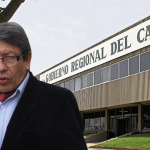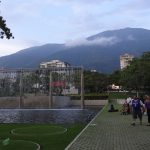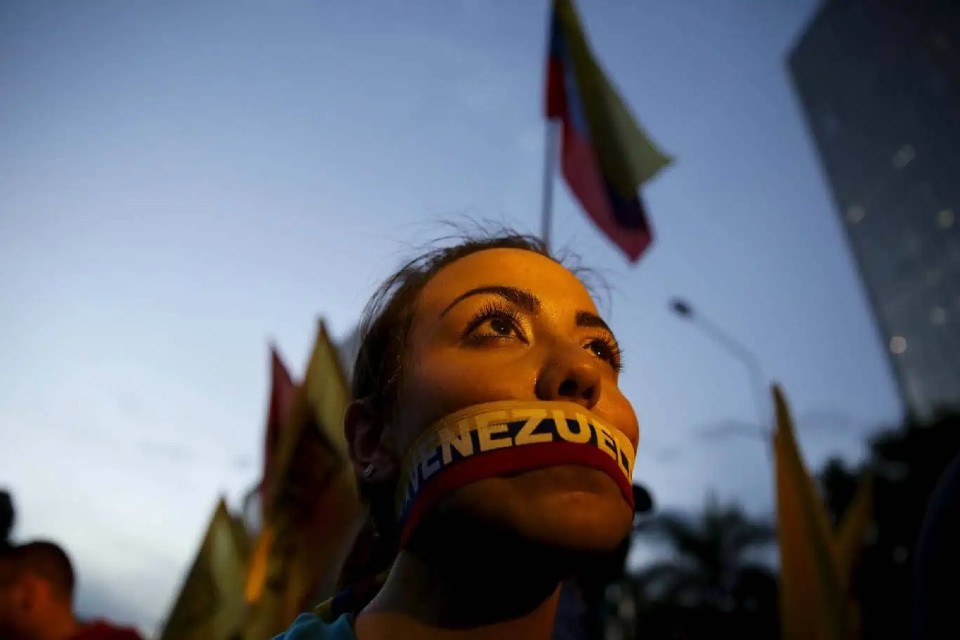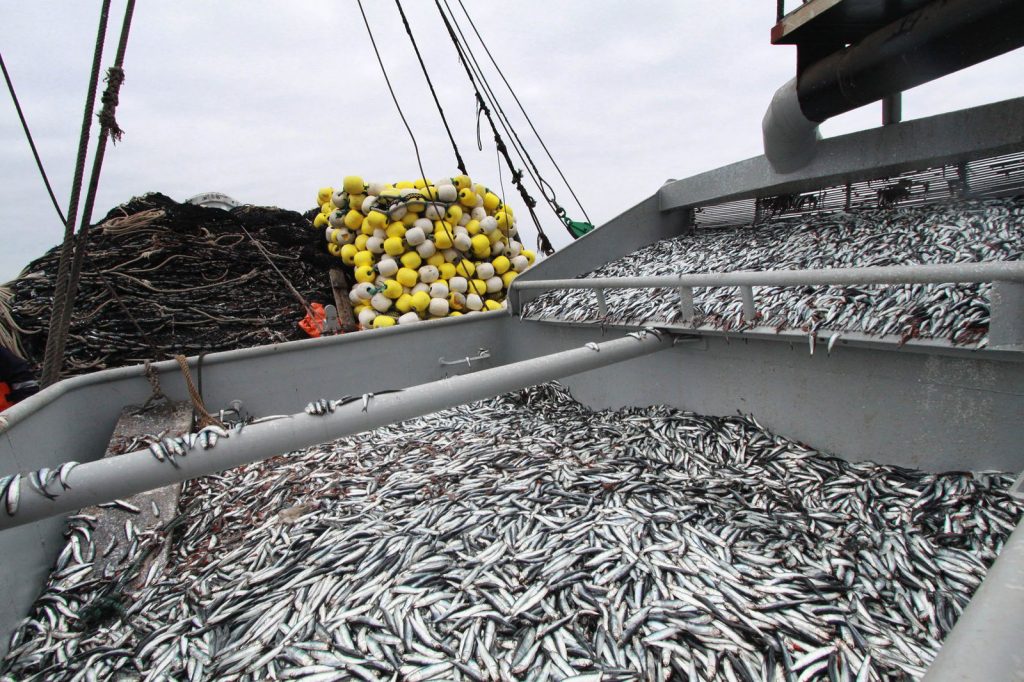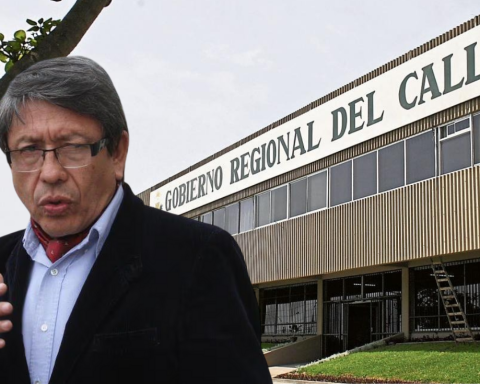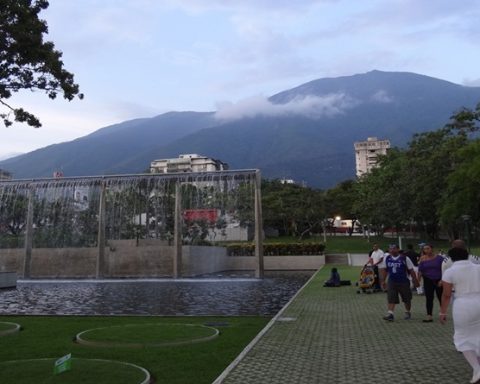On September 5, the Image Center, together with the German Embassy and Quinta Dominica, premiered the exhibition ‘Invisible Cracks’ in the presence of the Venezuelan photographer Jorge Andrés Castillo (JAC).
The exhibition is part of the XI Photoimagen, a biennial photography festival, which is being shown in various locations in Santo Domingo from August 22 to October 15. It is also a contribution to mark the 35th anniversary of the fall of the Berlin Wall on November 9, 1989, which marked the end of the regime of the German Democratic Republic and the Cold War.
Among his many outstanding professional merits, JAC graduated in communication design from the University of Essen, West Germany. In 1989 he was studying photography as a young scholarship holder of the DAAD (German Academic Exchange Service). As part of the cultural programme, he made an excursion to Berlin in April 1989, a few months before the fall of the Wall.
“On this trip I had the opportunity to photograph the Berlin Wall from the west side and I was lucky enough to cross to the east side for a day and record it months before the fall of the Wall. I was able to photograph the socialist aesthetic when no one could see the cracks in the system behind the Iron Curtain,” says JAC.
In November of the same year, a few days after the fall of the Wall and the opening of the borders, he returned to Berlin to experience the festive atmosphere and the hopeful mood that permeated both sides of the capital. He once again documented this phase of transition and contributed with his own hands to the removal of the Wall.
The Chargé d’Affaires ai of the German Embassy, Katrin Werdermann de Rodríguez, highlighted in her speech the relevance of ‘Invisible Cracks’ as a contemporary testimony of the days of the peaceful revolution in Germany: ‘In 2024 we mark the 35th anniversary of the fall of the Berlin Wall, this most iconic symbol of German division that for more than 28 years not only divided our capital, but also the country and the entire world.
JAC’s documentation, with its personal and unique vision, is an invaluable contribution to our culture of memory.’
The 27 black-and-white photos, rather than depicting grand displays of power or open revolution, capture a subtle, still subcutaneous process that inexorably condenses until it emerges in the events of November 9.
The exhibition will remain open to the public at Quinta Dominica, Zona Colonial, until October 10.








